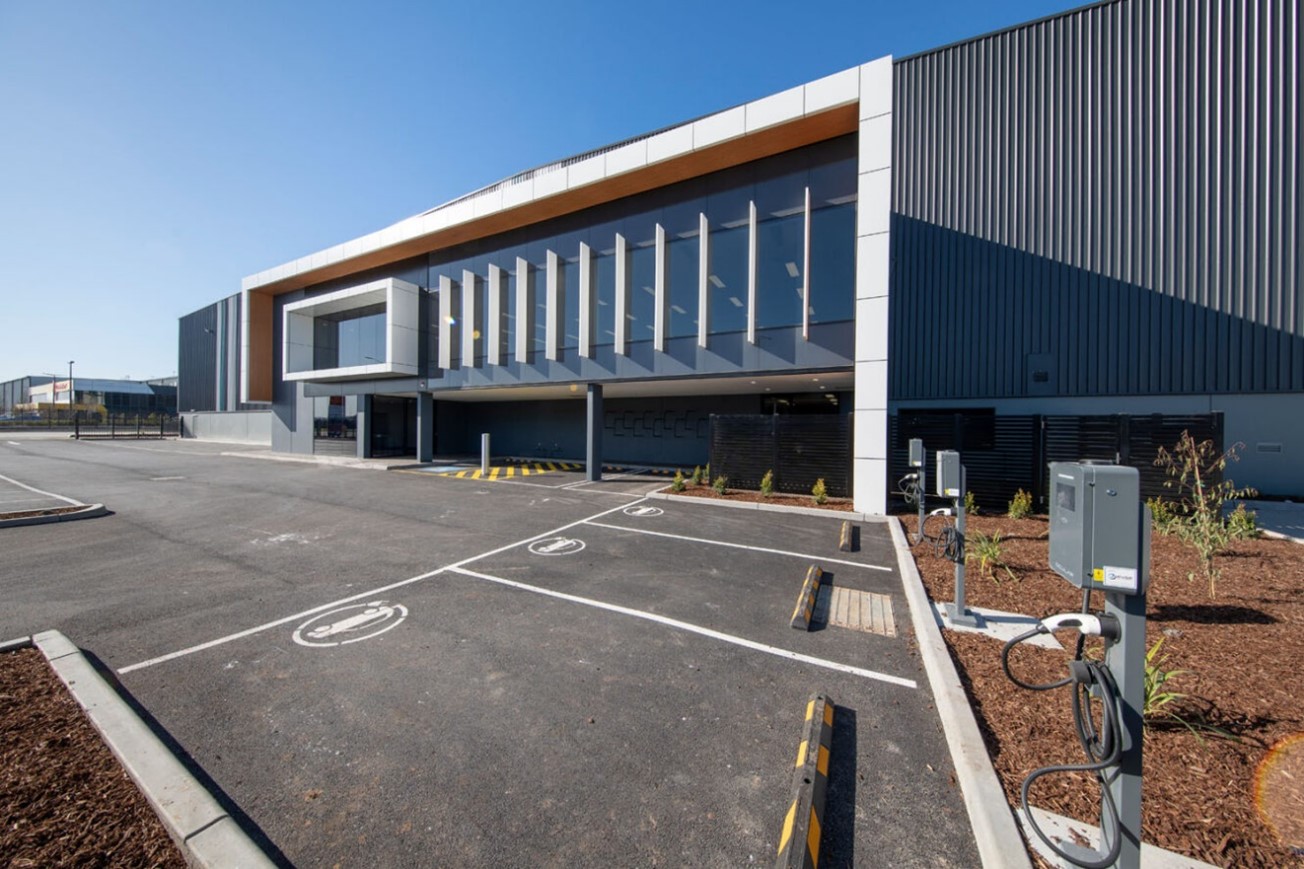Upfront embodied carbon refers to the emissions from the construction processes and production of the materials that go into developing a building. Once buildings are operating carbon neutrally, upfront embodied carbon emissions are inherently the most material source of emissions across the lifecycle of a building.
GPT delivered Australia’s first Climate Active certified upfront embodied carbon neutral development in 2022 at 143 Foundation Road, Truganina and a target has now been set for all assets that are developed for GPT’s investment portfolio to be upfront embodied carbon neutral from 2023 onwards.
GPT has been working with industry organisations such as the Green Building Council of Australia (Australia’s leading authority on sustainable buildings and communities) and development consultants to refine the measurement of upfront embodied carbon in the supply chain. Measuring upfront embodied carbon is still in its early stages and will improve over time.
Important challenges for the industry to resolve include:
- Improved clarity and transparency in emissions reductions benchmarks that are used in ratings and certifications
- Better environmental product declarations from suppliers, and
- Further research into and engineering understanding of alternative materials and processes.
Techniques for measurement focus on cross-referencing the bill of quantities (a detailed table of materials and services) for a development with the environmental product declarations for all materials used. Energy consumption in the construction and delivery processes will also be measured.
Through more efficient design, changes in materials and a shift to using renewable energy in the construction and delivery processes, it is possible to reduce and eliminate some but not all upfront embodied carbon emissions. Wherever financially viable, reducing and eliminating emissions is prioritised, however, offsets will remain an essential part of achieving our upfront embodied carbon neutral target for the foreseeable future.
GPT has developed and implemented an offset strategy to mitigate risks around the certainty of supply, cost, and quality of offsets. High quality offsets have been secured for GPT’s forecast operational and development emissions until 2027 at a cost of AU$30/t. Clarity around the costs involved and processes for offsetting also provides a baseline from which carbon reduction and elimination options can be compared. GPT can now adopt $30/t as a nominal cost of carbon, providing a significantly better focus for decision-making considerations than the former sensitivity analysis range of $20/t to $150/t.
The major building elements that contribute to upfront embodied carbon emissions are initially targeted as part of GPT’s reduction and elimination strategy. These include concrete, steel, glass, facades and flooring. Carbon emissions reductions that can be delivered for a cost of less than $30/t are considered favourably. It is important to note that processes to reduce emissions don’t always have associated costs and in cases where emissions are reduced through design and process efficiencies, the results are invariably savings. In a number of cases, embodied carbon emissions reductions are simply a co-benefit of robust development design review processes that aim to maximise net lettable area as a proportion of gross floor area.
When a construction element has multiple options at similar costs to achieve emissions reductions, the forward curves of emissions reductions are reviewed and preferential consideration is given to the option that will increasingly decarbonise or lower the cost of decarbonisation into the future.
GPT will also consider innovations that initially have a higher cost than $30/t for emissions reductions if they show strong potential for future low-cost emissions reductions.
Finally, additional reviews are undertaken to identify suitable low carbon materials for important touch points for building occupiers such as entry foyers and amenities. This leads to better awareness that tangibly demonstrates the commitment to lowering embodied carbon and influences others to also consider carbon emissions in their decision-making.
